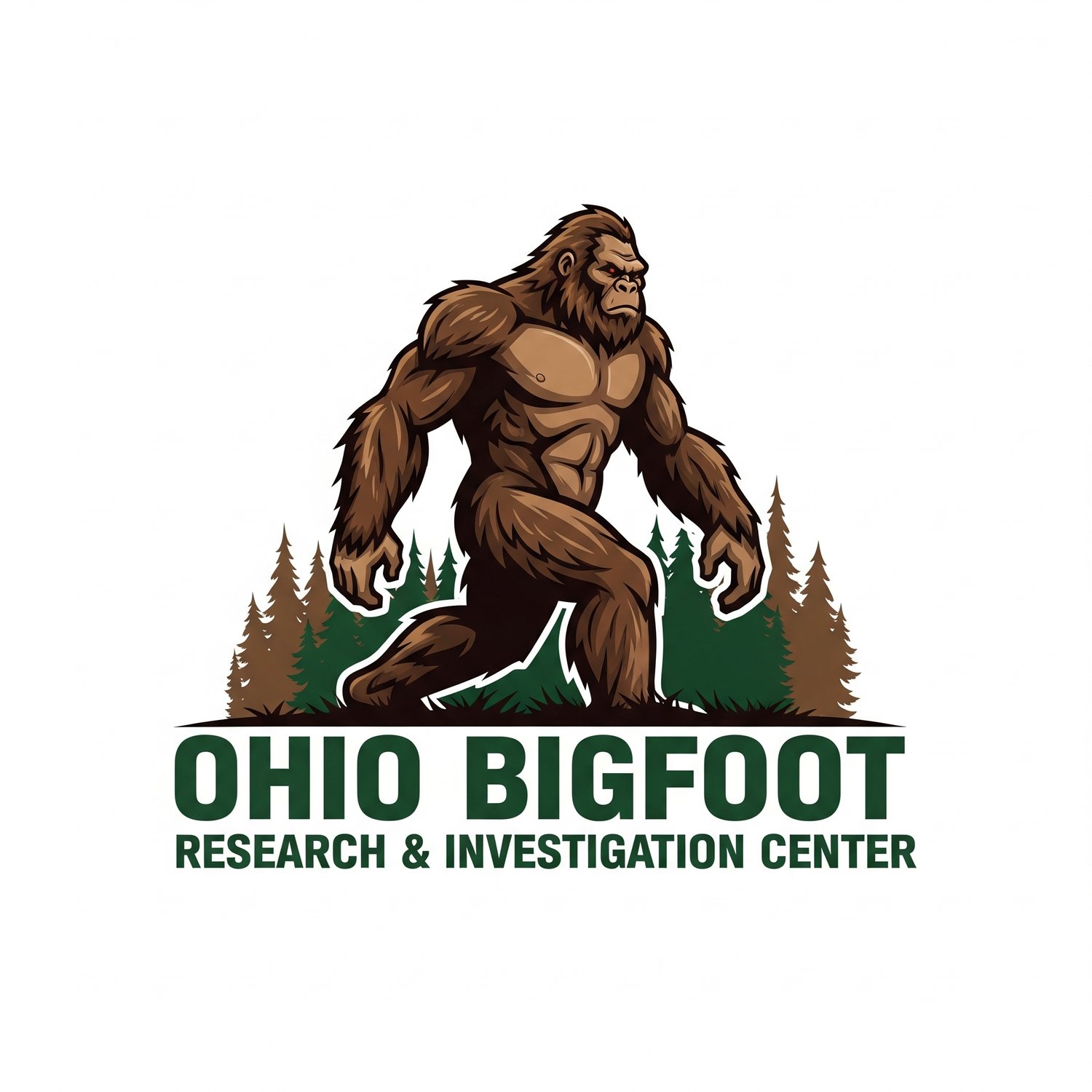The Ohio Howl: An Acoustic Enigma of the Buckeye State
In the world of cryptozoology, few pieces of audio evidence are as compelling or as chilling as the "Ohio Howl." More than just a random noise in the night, this specific vocalization has become a sonic signature of the Ohio Grassman, distinguishing it from its Sasquatch relatives across North America. This article delves into what the Ohio Howl sounds like, the best places to potentially hear it, and how aspiring researchers can attempt to capture this elusive sound for themselves.
What Does the Ohio Howl Sound Like?
The Ohio Howl is not a simple grunt or scream. It is a complex, melodic, and deeply unsettling sound that defies easy categorization. Witnesses and researchers who have heard it describe it with a consistent set of characteristics:
Siren-Like Quality: The most defining feature is its rising and falling pitch, much like an old air-raid siren or a tornado warning siren. It often starts low, ascends to a high peak, and then descends again.
Multi-Tonal and Harmonically Rich: The howl is not a single, flat note. It often contains multiple tones and harmonics, giving it a rich, resonant quality that can sound like a cross between a human voice, a wolf's howl, and something else entirely.
Immense Power and Volume: Those who have heard the Ohio Howl in person report that it is incredibly loud, capable of echoing for miles through the dense Ohio forests. The sheer volume suggests a creature with a massive lung capacity and powerful vocal cords.
Emotional Depth: Many witnesses describe the sound as having a mournful, eerie, or even intelligent quality, which separates it from the more bestial sounds of known wildlife.
The most famous recording of this vocalization, captured by researcher Matt Moneymaker in 1994 in Columbiana County, remains the benchmark for what is considered a classic Ohio Howl.
Best Places to Hear It: A Guide to Ohio's "Howl Spots"
While a potential encounter could happen in any dense woodland in Ohio, certain areas have a long history of reported howls. These "hotspots" are often characterized by rugged terrain, ample water sources, and a healthy prey population.
Salt Fork State Park (Guernsey County): Considered the epicenter of Grassman activity, Salt Fork is arguably the best location to potentially hear the howl. The park's vast acreage, numerous hollows, and dense forests provide an ideal environment for a large, reclusive creature.
Hocking Hills State Park (Hocking County): The deep gorges and rocky cliffs of the Hocking Hills can amplify sound, and the region has a long history of unexplained vocalizations.
Mohican State Park (Ashland County): The Clear Fork Gorge and the surrounding forests are another prime location, with numerous reports of strange howls echoing through the valley at night.
AEP ReCreation Land (Morgan, Muskingum, Guernsey, and Noble Counties): This vast, rugged area of reclaimed strip-mined land is remote and difficult to access, making it a perfect refuge for wildlife—and perhaps, the Grassman.
Coshocton County (Woodbury Wildlife Area & Wills Creek Lake): These areas offer a mix of dense woods, rolling hills, and waterways, and have been the source of consistent sighting and vocalization reports for decades.
How to Record It: A Field Guide for Researchers
Capturing a clear recording of the Ohio Howl is a holy grail for many researchers. Here's how to increase your chances:
Choose the Right Equipment:
Digital Audio Recorder: A high-quality digital recorder (like a Zoom H4n or a Tascam DR-40X) is essential. These devices can capture a wide range of frequencies with minimal self-noise.
Shotgun Microphone: A shotgun mic helps to isolate sounds from a specific direction, cutting down on ambient noise.
Parabolic Microphone: For capturing distant sounds, a parabolic dish is the best tool, as it can amplify faint vocalizations from miles away.
Headphones: Always use high-quality headphones to monitor your recordings in real-time.
Technique and Best Practices:
Go Remote: The best locations are far from roads, houses, and other sources of human contamination.
Be Patient and Silent: Find a promising spot, set up your equipment, and listen. Avoid talking or making unnecessary noise. Many researchers will sit silently for hours.
Record Continuously: Don't just hit record when you hear something. Run your recorder for long periods, as you may capture faint sounds that you didn't notice at the time.
Document Everything: If you hear a potential howl, make a verbal note on the recording of the time, your location (GPS coordinates if possible), the direction of the sound, and any other relevant observations.
The Ohio Howl remains a captivating piece of the Grassman puzzle. Whether it is the call of an undiscovered primate or a trick of the wind, it continues to draw researchers into the deep woods of Ohio, hoping to be the one to finally capture a definitive recording of this acoustic enigma.
